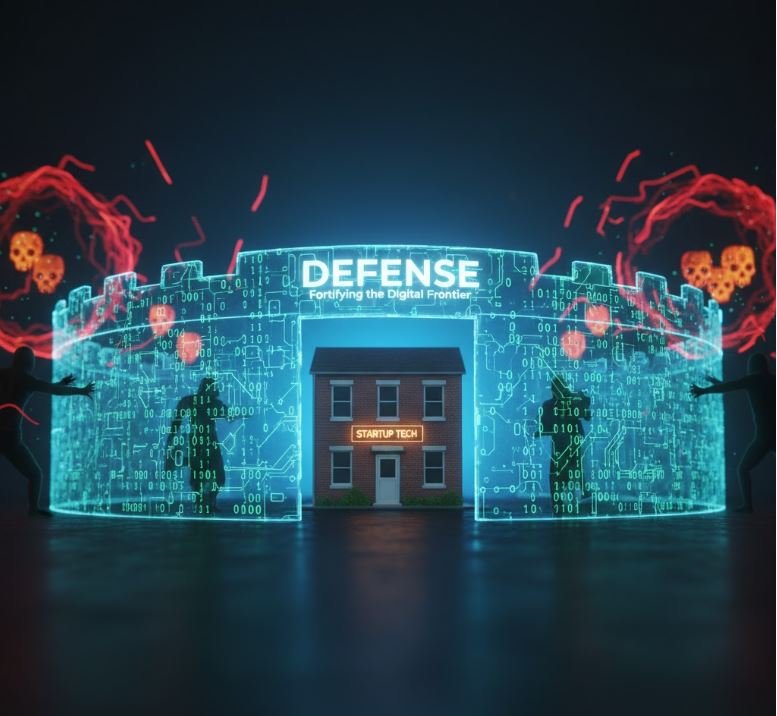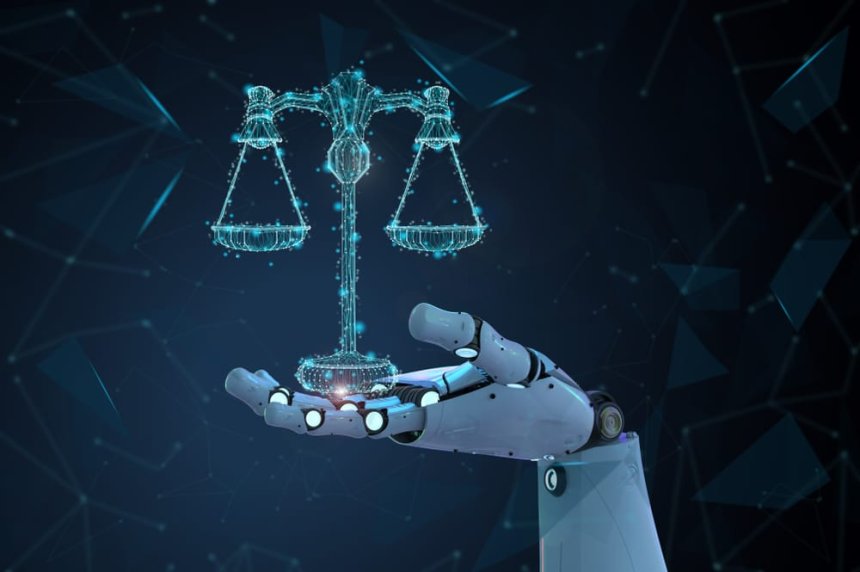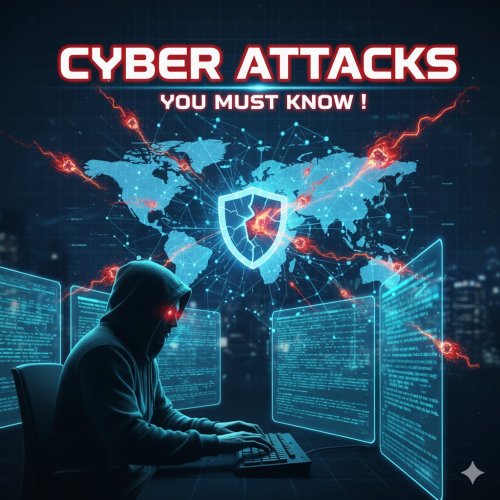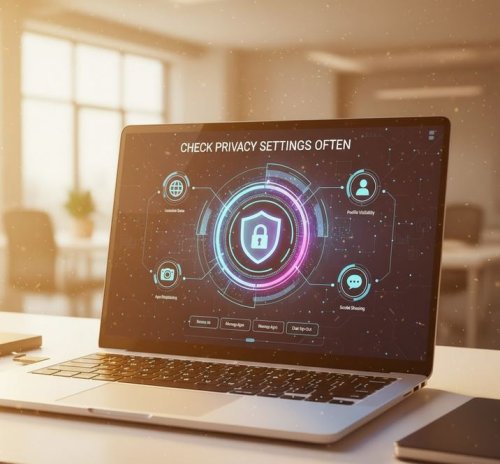Fortifying the Digital Frontier: A Practical Cybersecurity Strategy for Small Organizations
In today's interconnected world, small and medium-sized businesses (SMBs) are not flying under the radar—they are increasingly prime targets for cyberattacks. With limited budgets and IT resources, a pragmatic, cost-effective, and strategic approach to cybersecurity is no longer optional; it's essential for survival.

1. The Foundation: People, Policy, and Inventory
The most significant security gaps are often non-technical. Your strategy must start with a focus on your team and a clear understanding of what you need to protect.
Employee Training: Your First Line of Defense
Action: Implement mandatory, frequent cybersecurity awareness training. Focus on real-world examples of phishing, social engineering, and safe internet use.
Why it matters: Human error causes a significant percentage of data breaches. A well-trained employee is the best firewall.

Asset and Data Inventory
Action: Create a simple inventory of all hardware (laptops, servers, IoT devices), software, and, most critically, where your sensitive data resides (customer records, financial files, intellectual property).
Why it matters: You can't protect what you don't know you have. This inventory is the starting point for prioritizing security investments.

Incident Response Plan (IRP)
Action: Develop a simple, one-page action plan outlining who to call, what to do, and how to communicate immediately following a suspected breach. Practice a basic "tabletop exercise" yearly.
Why it matters: Panic is costly. A plan minimizes downtime and limits damage.
2. The Core Protections: Easy Wins, High Impact
These measures are foundational, cost-effective, and provide the greatest return on security investment.
Multi-Factor Authentication (MFA) - Non-Negotiable
Action: Mandate MFA for every critical system, especially email, cloud services, financial platforms, and remote access.
Why it matters: MFA neutralizes one of the biggest threats: stolen passwords. It's often free or low-cost to implement.
Patch and Update Management
Why it matters: Software vulnerabilities are the most common entry point for hackers. Patching closes these digital doors.
Data Backup: The Ransomware Shield
Action: Follow the 3-2-1 rule: Keep 3 copies of your data, on 2 different types of storage (e.g., local and cloud), with 1 copy stored offline or off-site.
Why it matters: Reliable backups ensure business continuity and eliminate the need to pay a ransom in a ransomware attack.

3. Smart Access and Network Control
Limiting who can access what is a critical principle for containment.
Principle of Least Privilege (PoLP)
Action: Grant employees only the specific access and permissions they need to perform their jobs (Role-Based Access Control). Review and limit administrative accounts to only essential IT personnel.
Why it matters: This restricts the damage an attacker or a compromised account can inflict.
Secure Network Perimeter
Action: Ensure all systems are protected by an updated firewall and reliable antivirus/endpoint protection. For remote workers, mandate the use of a Virtual Private Network (VPN) when accessing company resources.
Action: Set up a separate, isolated network for guests and personal employee devices.
4. Continuous Improvement: A Mindset, Not a Project
Cybersecurity is an ongoing process, not a one-time setup.
Monitor and Review: Set a recurring calendar reminder (e.g., quarterly) to review user access lists, check backup status, and confirm all security software is active and up-to-date.
Leverage External Expertise: Recognize when you need help. Consider partnering with an affordable Managed Security Service Provider (MSSP) or consultant to conduct a simple, initial Security Risk Assessment to identify your highest-priority vulnerabilities.

By adopting this practical, layered strategy, small businesses can dramatically raise their digital defenses, turning potential threats into manageable risks, without requiring a massive budget.
Share
What's Your Reaction?
 Like
0
Like
0
 Dislike
0
Dislike
0
 Love
0
Love
0
 Funny
0
Funny
0
 Angry
0
Angry
0
 Sad
0
Sad
0
 Wow
0
Wow
0












